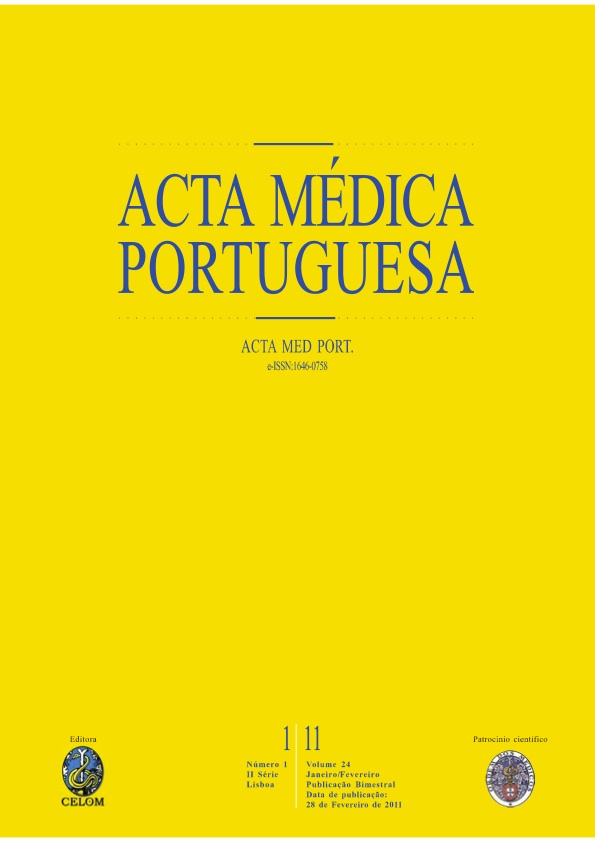Diagnostic tools in tuberculosis.
DOI:
https://doi.org/10.20344/amp.333Abstract
Early diagnosis and treatment are critical to minimize the spread and to reduce morbidity and mortality from tuberculosis. Clinical diagnosis is most time difficult resulting from non-specific and frequently indolent symptoms. Radiological presentation may be very diverse. Currently TB diagnosis still depends on microbiological exams which require a very careful and quick specimen handling. A positive acid-fast bacilli smear makes a rapid presumptive diagnosis. Nevertheless the gold-standard for diagnosis still is cultural-isolation of the Mycobacterium tuberculosis, which may take several weeks to attain. Biochemical (adenosine deaminase) and molecular techniques (nucleic acid amplification tests) are already approved for tuberculosis diagnosis and can provide rapid diagnostic information to the clinician. Numerous alternative diagnostic methods are still under experimentation but none of them has a recognized role. In most cases diagnosis of tuberculosis lays on an adequate combination of different diagnostic methods which is time-consuming. Even though in some cases laboratory confirmation is never obtained and diagnosis and treatment is established on suspicious basis. The purpose of this paper is to discuss the utility of the several diagnostic methods currently available and to point out most common difficulties found by the clinicians to the correct and timely diagnosis.Downloads
Downloads
Published
How to Cite
Issue
Section
License
All the articles published in the AMP are open access and comply with the requirements of funding agencies or academic institutions. The AMP is governed by the terms of the Creative Commons ‘Attribution – Non-Commercial Use - (CC-BY-NC)’ license, regarding the use by third parties.
It is the author’s responsibility to obtain approval for the reproduction of figures, tables, etc. from other publications.
Upon acceptance of an article for publication, the authors will be asked to complete the ICMJE “Copyright Liability and Copyright Sharing Statement “(http://www.actamedicaportuguesa.com/info/AMP-NormasPublicacao.pdf) and the “Declaration of Potential Conflicts of Interest” (http:// www.icmje.org/conflicts-of-interest). An e-mail will be sent to the corresponding author to acknowledge receipt of the manuscript.
After publication, the authors are authorised to make their articles available in repositories of their institutions of origin, as long as they always mention where they were published and according to the Creative Commons license.









